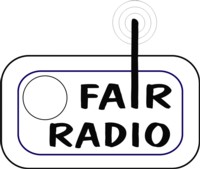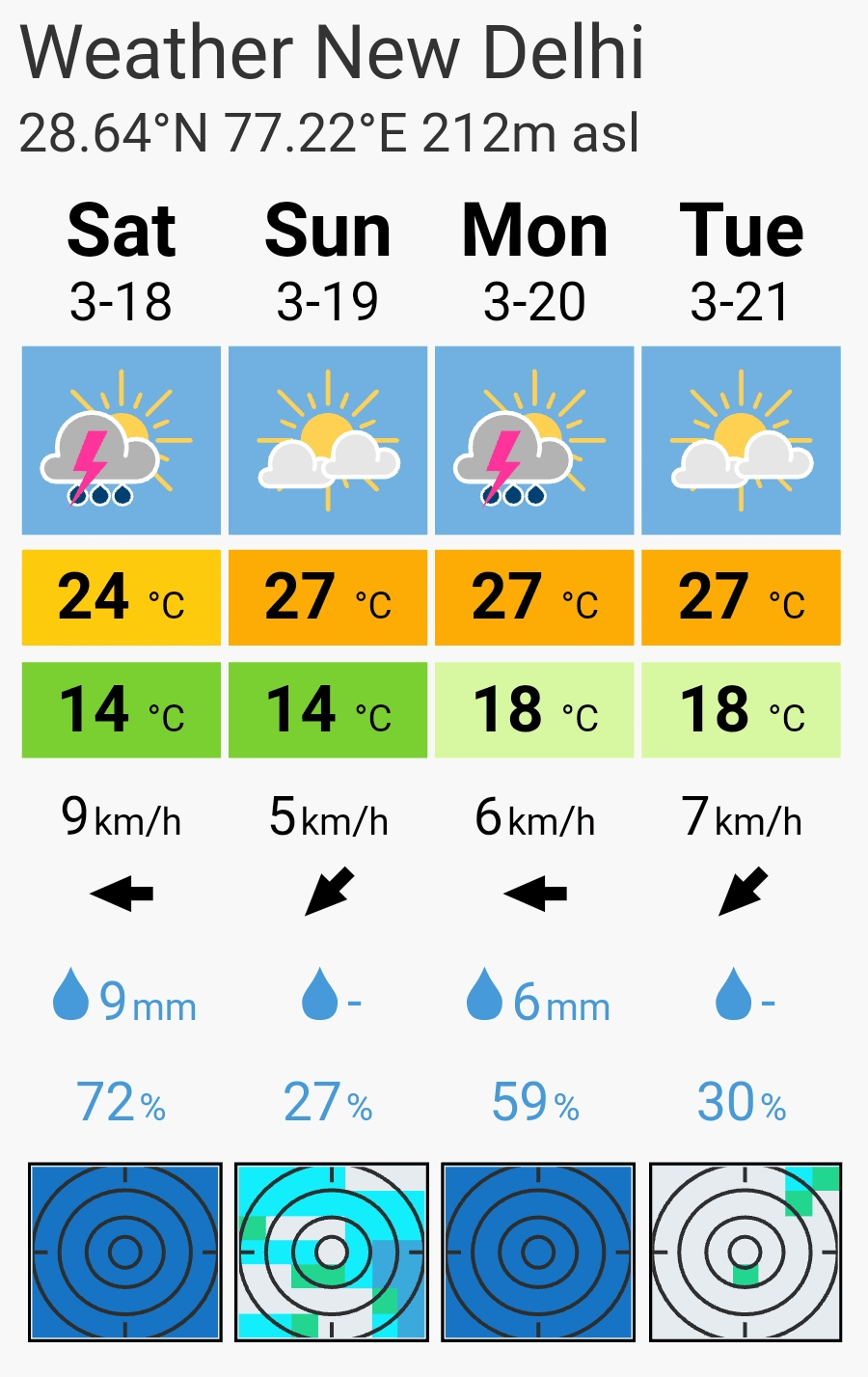DE – Raga CDs of the Month (03/2023): ANGA – Location of a Raga (part 1 and 2)
Posted by ElJay Arem (IMC OnAir) on March 20, 2023
The promotion initiative IMC – India meets Classic presents its monthly radio programme (and worldwide as webradio) as every 3rd Monday @ TIDE.radio 96.0 FM with the topic: “ANGA – Location of a Raga“.
 In one of our previous programs, we dealt with the ornamentation of the ragas, ” Alankaras – 10 Types of Raga Ornaments “. The Alankara-s are the core for the development and beauty of a raga. While in modern classical music of the West is the ornament of the decorate the melody line, an Indian music maestro will improvise on the ornaments of a raga. It is a steady flow of the music bending the swara-s (notes) together. This kind of glissando is known as Meend (Alankara type). The oldest written documents with description of 33-s Alankara are being dated back to 100-200 years BC, such as the Natya Shastra of sage Bharata. In the 17th century describes the Sangeet Parijat (written by Ahobal) 63 and 68 types of Alankaras. Until as recently (100-150 years back) it became Shabdalankar as the latest Alankara classification.
In one of our previous programs, we dealt with the ornamentation of the ragas, ” Alankaras – 10 Types of Raga Ornaments “. The Alankara-s are the core for the development and beauty of a raga. While in modern classical music of the West is the ornament of the decorate the melody line, an Indian music maestro will improvise on the ornaments of a raga. It is a steady flow of the music bending the swara-s (notes) together. This kind of glissando is known as Meend (Alankara type). The oldest written documents with description of 33-s Alankara are being dated back to 100-200 years BC, such as the Natya Shastra of sage Bharata. In the 17th century describes the Sangeet Parijat (written by Ahobal) 63 and 68 types of Alankaras. Until as recently (100-150 years back) it became Shabdalankar as the latest Alankara classification.
dates of broadcasting…
20th March 2023 – 05:00-06:58 pm EST (09:00-10:58 pm CET) @ TIDE Radio (DE, Hamburg)
broadcasting plan | streaming (Internet Radio & Mobile Radio) | podCast
Other classification criteria for the identification of raga-s are the so called Pakad-s. The term Pakad describes the identification of a Raga scale. Pakad should not be confused with the German concept of music leitmotif (guiding motif) or (melodic) phrasing.
The Pakad-s describe patterns and salient features of each Raga form. This grammar is used in Indian classical music of North and South India not for the technical execution, it is much more an aesthetic description, like a Raga performance always has focus onto a singular emotional expression (rasa). You should refer to IMC’s former radio show “Nava Rasa-s – the 9 moods of the ragas” in our media archive: www.imcradio.net/onlinearchive .
The parameters of Pakad-s include the term Anga. Functionally Anga is the “location of a raga”. In the translation Anga means: A portion of a whole. In Indian classical music with reference to the octave of main seven (7) notes the principal notes are divided into two segments = two Angas. There is the deeper segment of a lower tetrachord* (= poorvanga) … and an overlying tetrachord (= uttaranga) in the higher octave, each with three small musical intervals.
————
*) In general a tetrachord is of four (4) notes. This term derives from the Greek. The meaning of the word tetrachord means just: four (4) strings … (Rec.: In relation to the ancient Greece harp-like instruments). The interstices of a tetrachord are formed by three intervals. In a Ragaskala these are for the deeper tetrachord from the first four main grades: Sa-Re, Re-Gha and Gha-Ma. In the Western notiation it matches: the first and 2nd pitch: C-D, the 2nd-3rd and 3rd-4th pitch: D-E and E-F. The overlying, second tetrachord begins on the 5th pitch: Pa-Dha, Dha-Ni and Ni-Sa’ accordingly: G-A, A-B, B-C’.










Leave a comment